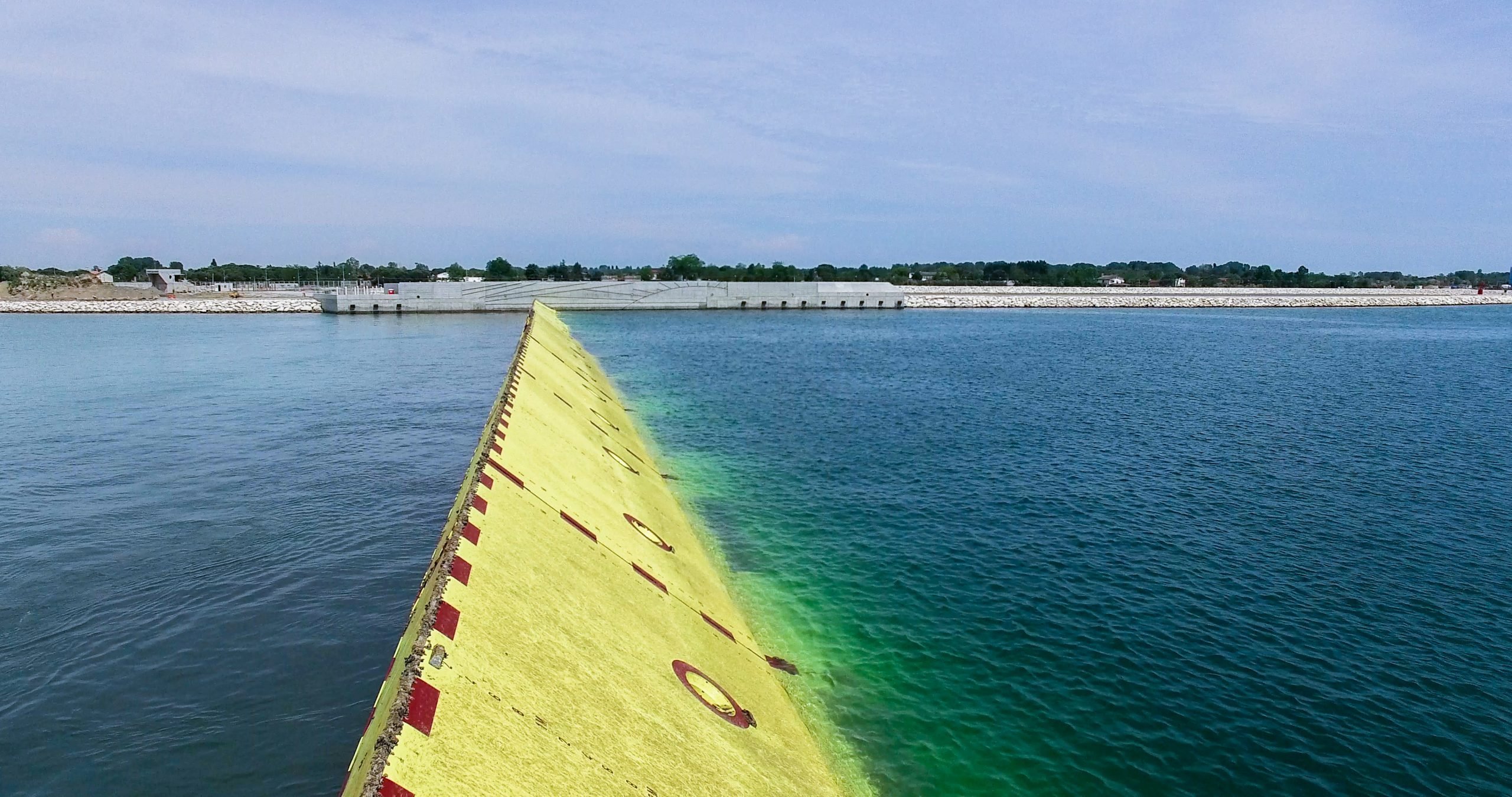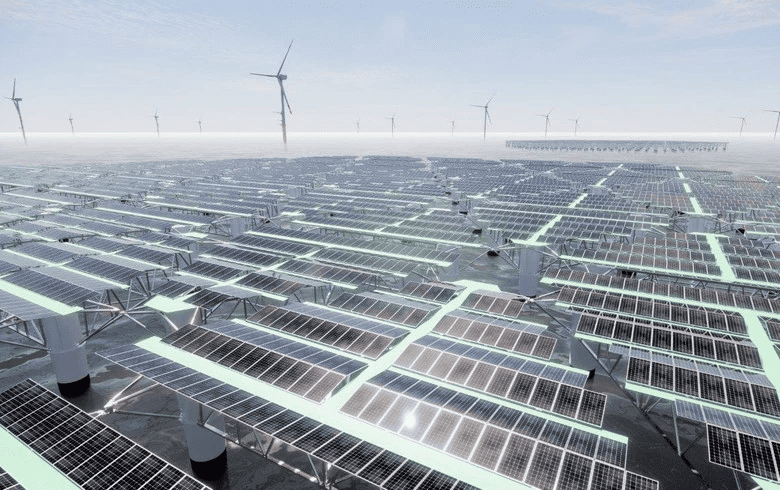
With today’s inauguration of a floating dam, the constant flooding of Venice’s historic city center should come to an end.
It was nine o’clock in the evening on 12 November 2019 when the municipality staff of Venice’s Tidal Forecasting and Signaling Center noticed that the worst was over. The water in the Venetian Lagoon had risen sharply over the preceding days. The water level was about 150 centimeters, a fairly high level, but by no means uncommon for Venice.
As usual, St. Mark’s Square – the lowest point of the city – was the first to be flooded with water. The wooden, high planks (‘passerelle’ in Italian) were once more set up to enable visitors to walk across the water in the streets.
Sudden storm
But a violent storm suddenly struck which lasted only forty minutes, but had a profound impact. The wind pushed the water up by an extra 40 centimeters to reach a height of 187 centimeters, only seven centimeters less than in the disaster year of 1966. The entire lagoon suffered serious damage (almost half a billion euros in total).
The Tidal Forecasting and Signaling Centre was created after the tidal wave of 1966. That was also the time when plans were forged to build a flood barrier. This led to the first MOSE prototype in 1989, the acronym for the project name (MOdulo Sperimentale Elettromeccanico, Experimental Electromechanical Module). Which of course, also alludes to the passage through the Red Sea, a biblical story.
Moses Dam 1.6 kilometers long
The Venetian flood barrier is made up of 78 caissons lying on the bottom (at a depth of 12-14 meters) of the three inlet channels that link Venice’s lagoon to the Adriatic Sea. The total length of the dam is 1.6 km. A hollow metal sluice gate filled with water sits at the bottom of each concrete basin.

“When high tides are predicted, the floodgate fills up with air, causing it to lift itself up and float upwards. When all the gates of an inlet channel are raised, a floating dam is created, so to speak,” says Monica Ambrosini, spokesperson for Consorzio Venezia Nuovo, the construction consortium commissioned by the Italian government to carry out the project.
The sluices (floodgates) are made of waterproof steel plates (obviously) with a thickness of between 8 and 13 millimeters. Each gate is equipped with, among other things, pipes for the input and discharge of compressed air and instruments for detecting the gradient. The inner and outer surfaces of the sluice gates are treated with a special coating that is biocide-free and anti-corrosive.
Key role for hinges
Hinges have a key role to play. They hold the floodgates in place in their foundation chambers and allow the floodgates to move. The hinges are under tremendous pressure. They must also be able to withstand a tidal wave, for one thing. The calculated load capacity is 100 to 300 metric tons. This is much more than the pressure that similar parts in the offshore industry are subjected to. On top of that, the hinges must be able to withstand a particularly aggressive marine environment. Sand, salt and pollution from, for instance, the nearby petrochemical industry, can easily throw a spanner in the works.

It’s hoped that today will go smoothly. During a test held a week ago, four floodgates ran into trouble. Although they did come up, it proved impossible to get them fully back down into their concrete caissons on the seabed. Sand had gotten into the chambers. The same problem was encountered in earlier tests.
Venetians want an invisible dam
There is also a certain amount of criticism of the Moses Dam. Opponents of the dam regularly point to the Netherlands, where flood barriers have been built much faster and far cheaper. The Oosterschelde storm surge barrier also works with floodgates, but unlike the Moses Dam, they are mounted between large pillars. The dam is visible. This also applies to the two enormous sluice gates of the Maeslantkering, also in the Netherlands. Venice opted for the mobile solution to protect the ecosystem in the lagoon. Venetians also wanted the dam to remain invisible when not in use.

No arrangements made as yet regarding management and maintenance
One can only hope that the rise in sea levels won’t keep on soaring too much. That would mean that Moses would have to be put to work very often, which would invariably create a fixed dam. However you look at it, there is still a slight problem… The government has still not issued a tender for the management and maintenance of Moses. In the annual budget, 100 million euros has been earmarked for maintenance costs.
Construction of the Moses Dam has taken a long time to complete. The proverbial foundation stone was laid in 2003. Last January, the last of the 78 floodgates were put into position. The lengthy construction time is mainly attributable to corruption, a phenomenon that is, unfortunately, not uncommon in large government projects in Italy. A total of over 5.5 billion euros has been spent on the project so far.
Moses will be officially operational on 31 December 2021.





